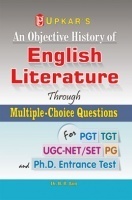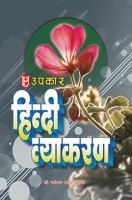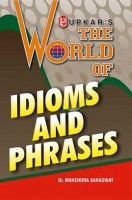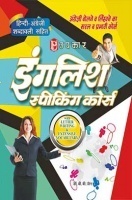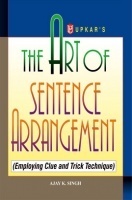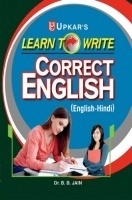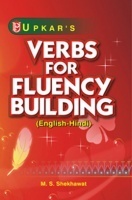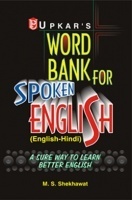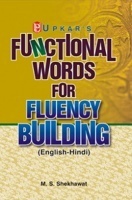If you are a researcher, an academic, a journalist, or a manager -- long on technical expertise but short on time -- you will find style manuals daunting and tedious. Yet, you may want to give your message that well-groomed look 'Communicating in style' shows you how you can do that yourself.
The handbook is a handy reference whenever you find yourself looking for answers to questions such as those listed below, which arise routinely in communicating technical information formally.
What should a list such as this use to mark off items: bullet points, numbers, or letters?
Where do you cite the source of unpublished data: within the document or at the end, under references?
Which font makes it easier to tell apart such similar-looking pairs of characters as a zero (0) and the letter 'o', the numeral one (1) and the letter 'ell' ('l')?
When should you distribute handouts, before the presentation or after?
How are web pages cited when they are referred to in a document?
The contents of the book have been shaped by
-recommendations from the most recent editions of established style guides
-comprehensive searches of the World Wide Web
-extensive field-testing of earlier drafts
-more than a decade's experience in technical publishing.
The main text consisting of explanations, suggestions, and descriptions is amply supported by 90 examples and nearly 150 quotes (from both printed sources and web pages) as well as references, figures, and useful resources (websites, software, and templates). Separate chapters are devoted to different forms of text such as headings, lists of bullet points, abbreviations, tables, illustrations, references, presentations, posters, and punctuation. Useful annexes cover such matters as observing and using fonts, format for postal addresses and telephone numbers, and alternative spellings.










